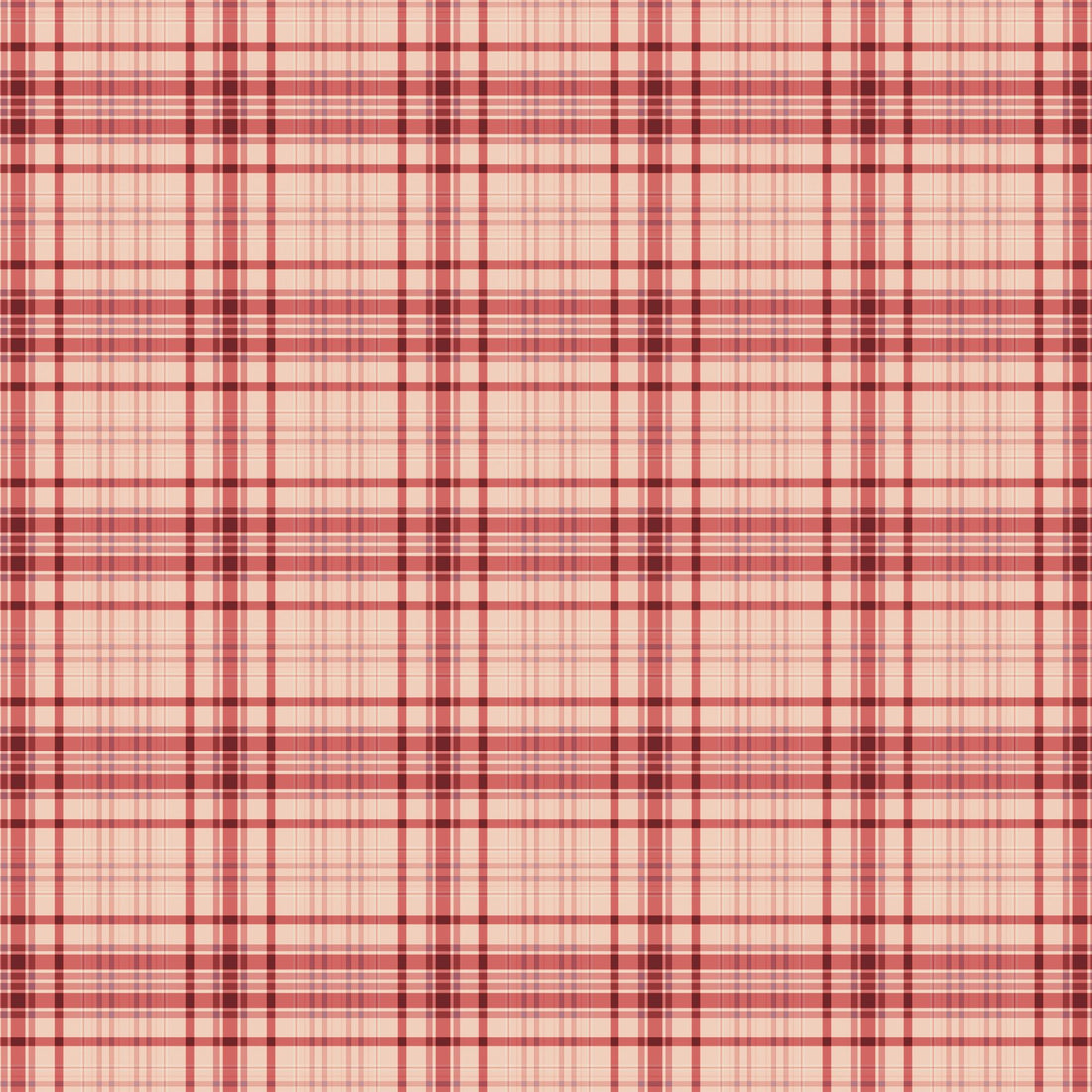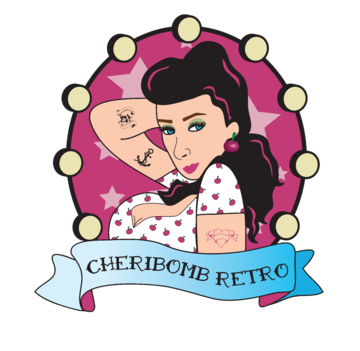
Gingham Style! How checks, plaids and houndstooth work with your vintage wardrobe!
Share
The evolution of checks, tartan, gingham, and houndstooth in clothing from the 1950s to the 1990s is a fascinating journey through fashion history. These patterns not only defined the aesthetics of each decade but also reflected broader cultural shifts and trends.
1950s: The Classic Era
The 1950s marked the beginning of a significant period for checks and tartan in fashion. Post-war optimism brought a desire for vibrant, structured clothing, and these patterns fit perfectly into this narrative.
Tartan: Traditionally associated with Scottish heritage, tartan saw a resurgence in the 1950s as designers embraced its bold and colorful patterns. It was not uncommon to see tartan skirts and dresses, often paired with fitted blouses.
Gingham: Gingham, with its simple checkered pattern, became a symbol of wholesome, feminine style. It gained widespread popularity after Brigitte Bardot wore a pink gingham dress for her wedding in 1959, making the pattern synonymous with youthful charm and romance.
1960s-1970s: Rebellion and Counterculture
As the 1960s ushered in an era of rebellion and counterculture, fashion evolved to reflect these changing attitudes.
Houndstooth: Known for its distinctive broken check pattern, houndstooth became a favorite among the Mod subculture in the 1960s. It was seen on everything from tailored suits to miniskirts, embodying the sharp, stylish aesthetic of the time.
Tartan and Plaid: The 1970s punk movement, led by figures like Vivienne Westwood and Malcolm McLaren, adopted tartan and plaid as symbols of anti-establishment sentiment. Bands like The Clash and The Sex Pistols often donned these patterns, cementing their association with punk rock.
1980s: Power and Prestige
The 1980s were all about excess, bold statements, and the rise of power dressing. Checks and houndstooth were integral to this trend.
Houndstooth: This pattern became a staple in the wardrobes of powerful women, symbolizing authority and sophistication. Iconic designers like Chanel incorporated houndstooth into their collections, making it a must-have for business attire.
Checks and Plaids: Designers like Ralph Lauren and Vivienne Westwood continued to innovate with checks and plaids, creating everything from preppy blazers to punk-inspired skirts. These patterns were versatile, transitioning seamlessly from casual to formal wear.
1990s: Grunge and Minimalism
The 1990s brought a stark contrast to the excess of the 1980s, with fashion shifting towards grunge and minimalism.
Plaid and Tartan: The grunge movement, epitomized by bands like Nirvana and Pearl Jam, made plaid flannel shirts a wardrobe staple. This look was characterized by its laid-back, unkempt style, often paired with ripped jeans and combat boots.
Gingham: While less dominant than in previous decades, gingham experienced a revival in the form of minimalist dresses and tops. Designers like Calvin Klein and Marc Jacobs reinterpreted the pattern for a new generation, blending simplicity with a touch of nostalgia.
Celebrity Influence
Celebrities played a pivotal role in popularizing these patterns throughout the decades:
- Audrey Hepburn: Known for her timeless style, Hepburn often wore gingham, making it a symbol of classic elegance.
- Brigitte Bardot: Her gingham wedding dress in 1959 left an indelible mark on fashion, sparking a gingham craze.
- Twiggy: The 1960s supermodel embraced houndstooth, often seen in bold, graphic prints.
- David Bowie: In the 1970s, Bowie’s eclectic style included tartan and checks, influencing his fans and fashion designers alike.
- Kurt Cobain: The Nirvana frontman’s penchant for plaid shirts in the 1990s defined the grunge aesthetic, making it a mainstream fashion trend.
Conclusion
From the polished elegance of the 1950s to the rebellious edge of the 1970s and the grunge ethos of the 1990s, checks, tartan, gingham, and houndstooth have evolved significantly. These patterns have been continually reinterpreted by designers and embraced by celebrities, ensuring their place in the ever-changing landscape of fashion.
Check out our amazing range of vintage and retro plaid patterns.
